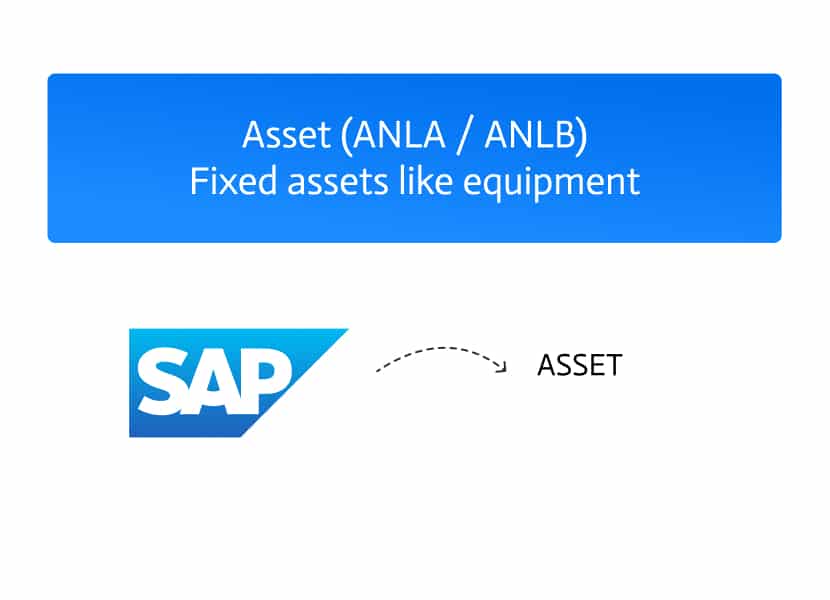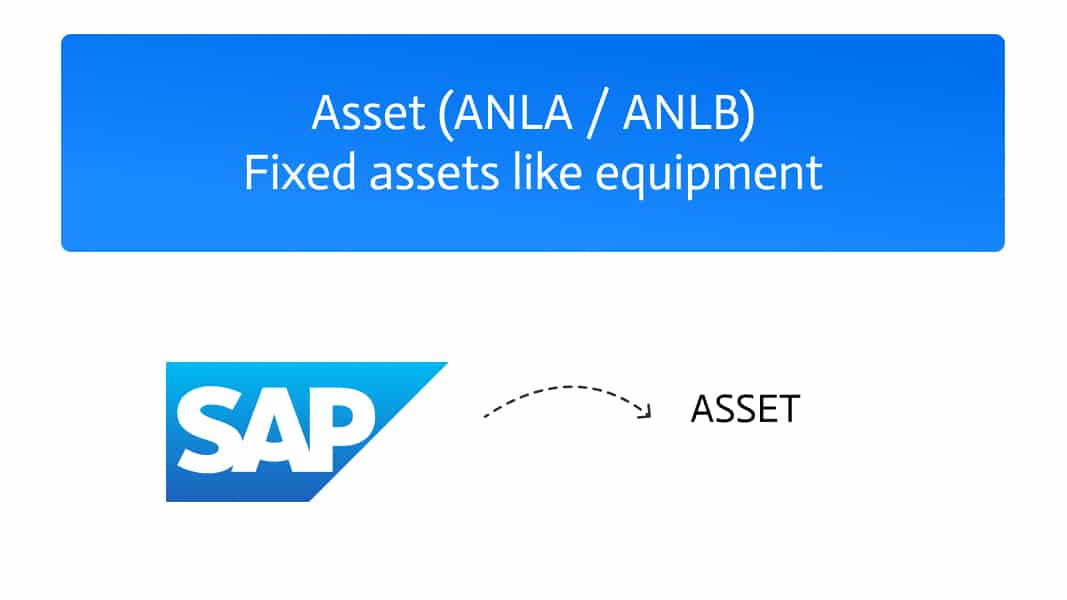

A Quick Look at Asset in SAP:
Overview
In the context of SAP Consolidation, assets are a crucial part of the financial landscape, especially when dealing with elimination of interunit profit or loss from transferred assets. The characteristic in focus here is 0BCS_ASSET, which plays a key role during consolidation procedures.
Use in Consolidation
The 0BCS_ASSET characteristic is used specifically within SAP Business Consolidation System (BCS) to support the elimination of interunit profits or losses related to transferred assets. This process is critical in maintaining accurate financial reporting by ensuring that profits or losses generated from internal transactions between entities within the same corporate group are not overstated.
For example, when one unit of an organization transfers an asset to another at a profit, that unrealized profit must be eliminated in the consolidated financial statements. The 0BCS_ASSET characteristic allows SAP BCS to track these asset movements and apply the appropriate eliminations
Technical Details
- Characteristic Name: 0BCS_ASSET
- Component: SAP BCS (Business Consolidation System)
- Primary Use: Elimination of interunit profit/loss in asset transfers
This characteristic is part of a compound object along with the currency-bearing consolidation unit, which helps in preserving currency-specific values during reporting and elimination processes.
Limitations
It’s important to note that this characteristic cannot be classified by subassets. This means while it can represent asset-level details necessary for eliminations, it does not provide granularity at the subasset level. Therefore, organizations requiring deep-level tracking of asset subcomponents may need to supplement their reporting or use additional configurations outside this standard characteristic.
Conclusion
The 0BCS_ASSET characteristic in SAP BCS plays a targeted yet essential role in ensuring the integrity of consolidated financial data. By enabling the correct elimination of interunit profit or loss on transferred assets, it supports compliance with financial regulations and contributes to more accurate financial statements. While it has some limitations, particularly around subasset classification, its integration with currency-bearing units makes it highly effective for its intended use in asset consolidation workflows.


